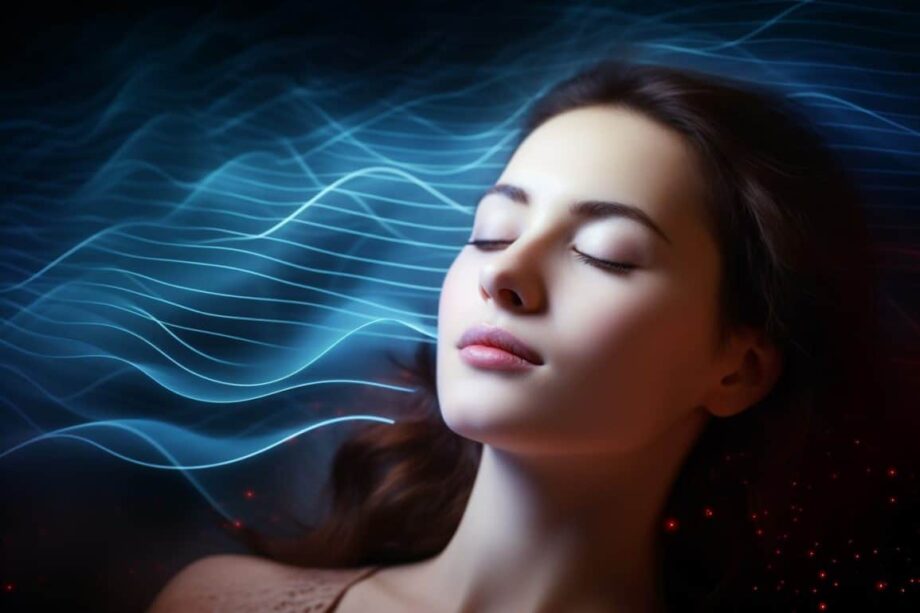Recent advancements in neuroimaging have revolutionized the study of the human brain’s response to pain, offering a non-invasive approach. However, a persistent challenge remains: objectively distinguishing between various subtypes of neuropathic facial pain. Currently, diagnosis relies heavily on patients’ subjective symptom descriptions. To tackle this issue, we employed cutting-edge artificial intelligence (AI) models that leverage neuroimaging data to accurately identify and differentiate different types of neuropathic facial pain from a control group of healthy individuals.
Our comprehensive retrospective analysis involved 371 adults diagnosed with trigeminal pain, consisting of 265 cases of classical trigeminal neuralgia (CTN) and 106 cases of trigeminal neuropathic pain (TNP). In addition, we included 108 healthy controls (HC) for comparison. By employing state-of-the-art random forest and logistic regression AI models, we successfully distinguished CTN from HC with an impressive accuracy of up to 95%. Moreover, our models achieved a remarkable accuracy of up to 91% in differentiating TNP from HC. Crucially, these outcomes were solely based on the analysis of diffusion tensor and T1-weighted imaging data.
Notably, our classifiers identified specific gray and white matter-based predictive metrics, such as gray matter thickness, surface area, volume, and white matter diffusivity metrics. These metrics exhibited significant differences across the various groups studied. Although the classification of TNP and CTN did not reach statistical significance (51% accuracy), it shed light on two distinct structures that exhibited variation between the two pain groups—the insula and orbitofrontal cortex. Our research unequivocally demonstrates that AI models, armed solely with brain imaging data, hold tremendous potential in accurately distinguishing between neuropathic facial pain subtypes and effectively identifying regional structural indicators associated with pain.
Source Nature

